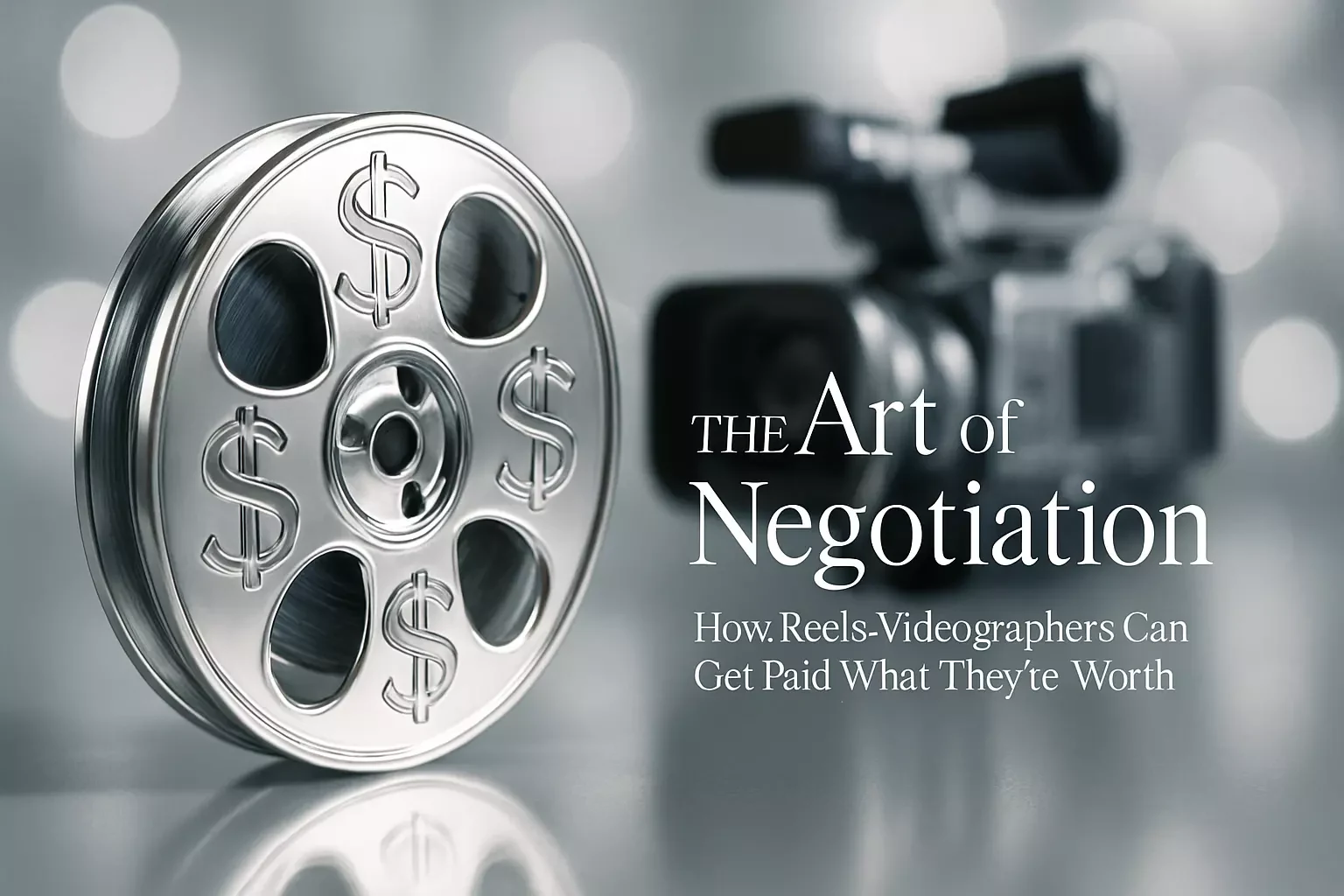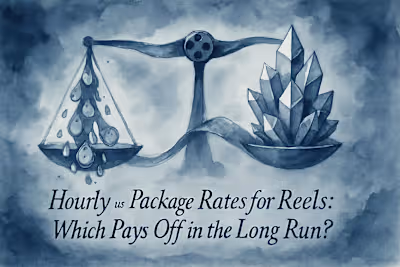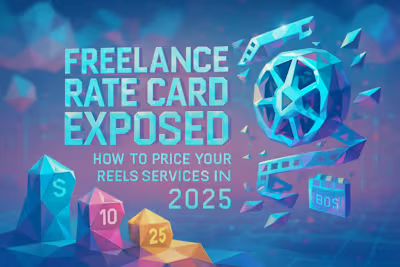The Art of Negotiation: How Reels Videographers Can Get Paid What They’re Worth

The Art of Negotiation: How Reels Videographers Can Get Paid What They're Worth
Preparation: The Foundation of a Successful Negotiation
Know Your Value and Minimum Acceptable Rate (MAR)
Research the Client and the Project
Prepare Your Portfolio and Case Studies
Key Strategies During the Negotiation
Anchor the Price: State Your Rate First
Focus on Value, Not Cost
Offer Options, Not Discounts
State a Specific Price, Not a Range
Handling Objections and Finalizing the Deal
Responding to 'Your Price is Too High'
Putting Everything in Writing
Knowing When to Walk Away
References
The Art of Negotiation: How Reels Videographers Can Get Paid What They're Worth
Preparation: The Foundation of a Successful Negotiation
Know Your Value and Minimum Acceptable Rate (MAR)
Research the Client and the Project
Prepare Your Portfolio and Case Studies
Key Strategies During the Negotiation
Anchor the Price: State Your Rate First
Focus on Value, Not Cost
Offer Options, Not Discounts
State a Specific Price, Not a Range
Handling Objections and Finalizing the Deal
Responding to 'Your Price is Too High'
Putting Everything in Writing
Knowing When to Walk Away
References
Posted Jun 30, 2025
Feeling undervalued? Learn essential negotiation tactics for freelance Reels videographers. From pre-call prep to handling objections, these tips will help you secure the rates you deserve.










